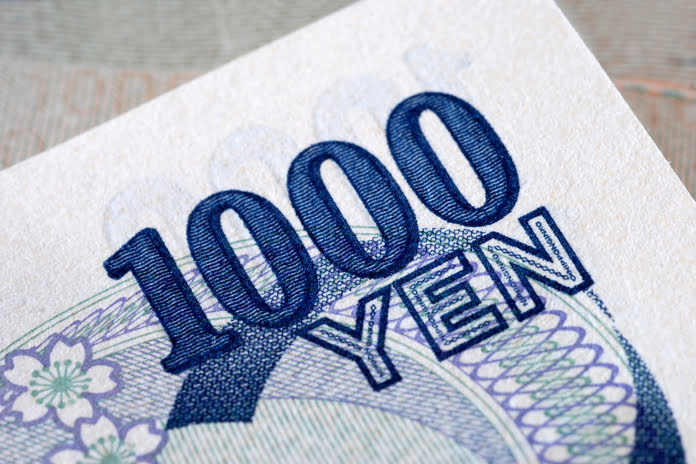On Monday, the dollar index (DXY00) experienced a decline of -0.51%, hitting a four-session low. The dollar faced headwinds as the yen and yuan exhibited strength during the day. The yen saw a rally, reaching a one-week high against the dollar, following remarks from BOJ Governor Ueda, who suggested that Japan’s negative interest rate policy could come to an end by year-end. Additionally, the Chinese yuan strengthened against the dollar, driven by better-than-expected Chinese credit growth data and statements from the PBOC (People’s Bank of China) indicating their willingness to intervene in the foreign exchange market as necessary. Furthermore, the rally in stocks on Monday reduced the demand for the dollar.
EUR/USD (^EURUSD) experienced a rise of +0.42% on Monday. The weaker dollar provided support to the euro, although gains in EUR/USD were limited due to disappointing economic news from Italy and the European Commission’s downward revision of its 2023 Eurozone GDP forecast. This revision signaled a dovish factor for the ECB’s policy, with market expectations discounting a 38% chance of a +25 basis point rate hike at the upcoming ECB meeting on Thursday.
The European Commission lowered its 2023 Eurozone GDP forecast from +1.1% to +0.8% and also reduced its 2023 Eurozone inflation forecast from +5.8% to +5.6%. In another development, Italy reported a -0.7% month-on-month decline in industrial production for July, falling short of expectations, which added to the euro’s challenges.
USD/JPY (^USDJPY) saw a decline of -0.84% on Monday. The yen surged to a one-week high against the dollar, driven by hawkish comments from BOJ Governor Ueda, who suggested the possibility of ending negative interest rates by the end of the year. Ueda’s remarks caused the 10-year JGB bond yield to soar to a 9-1/2 year high of 0.711%, reinforcing the yen’s interest rate differentials.
Governor Ueda mentioned that the BOJ would have enough information and data by year-end to assess whether wages would continue to rise, a condition for adjusting stimulus. However, the yen faced a negative factor with Japanese economic data indicating a -17.6% year-on-year drop in machine tool orders for August, marking the eighth consecutive month of declining orders.
In the precious metals market, October gold (GCV3) closed up +4.60 (+0.24%), and December silver (SIZ23) closed up +0.209 (+0.90%) on Monday. Precious metals prices saw moderate gains, supported by the weaker dollar. Additionally, reduced expectations for an ECB interest rate increase this week contributed to gold’s strength, as the market priced in only a 38% chance of a +25 basis point rate hike by the ECB on Thursday.
However, gains in metals were constrained by several negative factors, including the European Commission’s downward revision of its 2023 Eurozone GDP forecast to +0.8% from an earlier projection of +1.1%, indicating reduced demand for industrial metals. Furthermore, the ongoing liquidation of gold holdings by funds had a bearish impact on gold, as holdings in ETFs fell to a 3-1/3 year low last Friday.
Featured Image: Freepik @ kstudio









